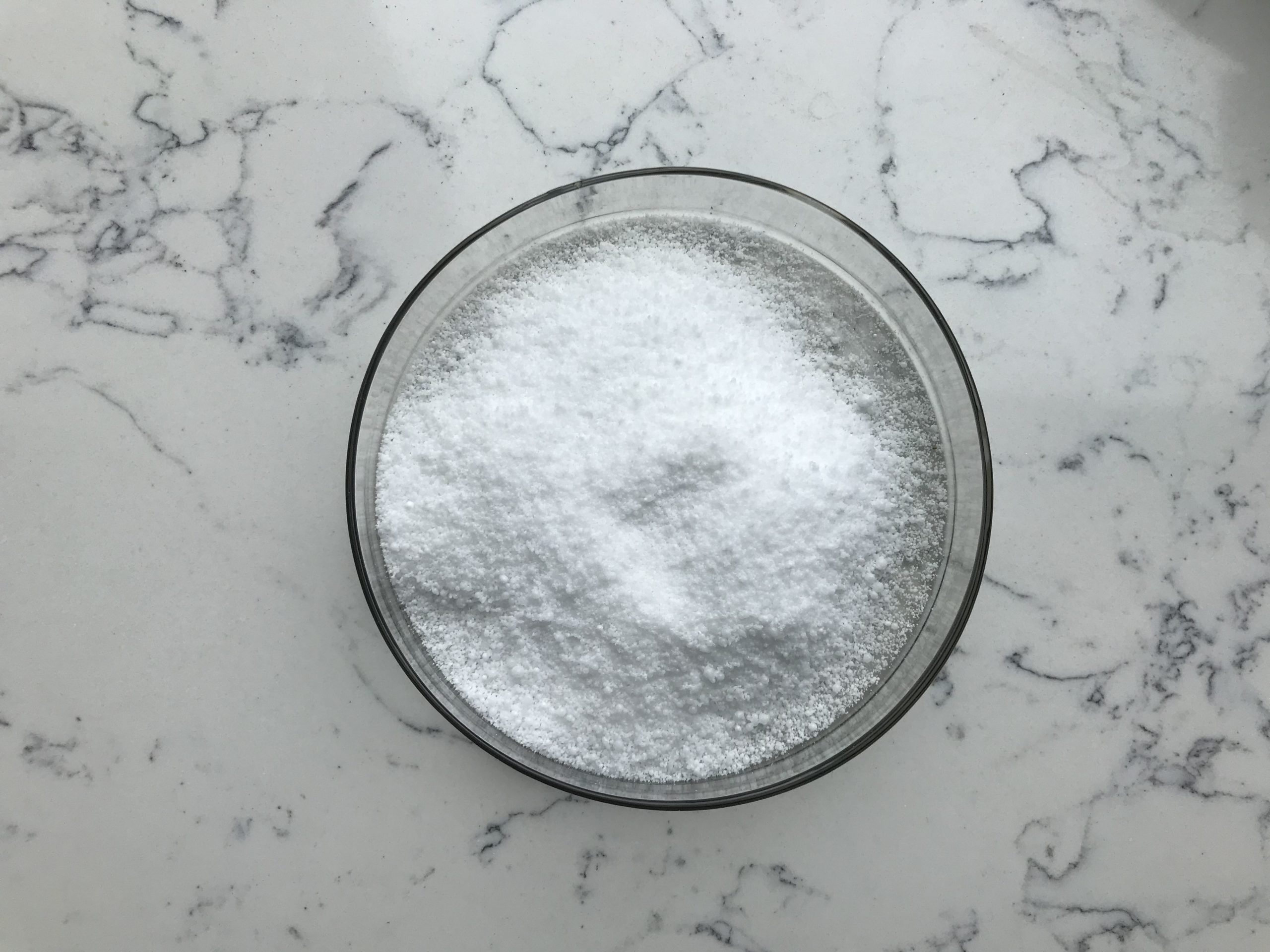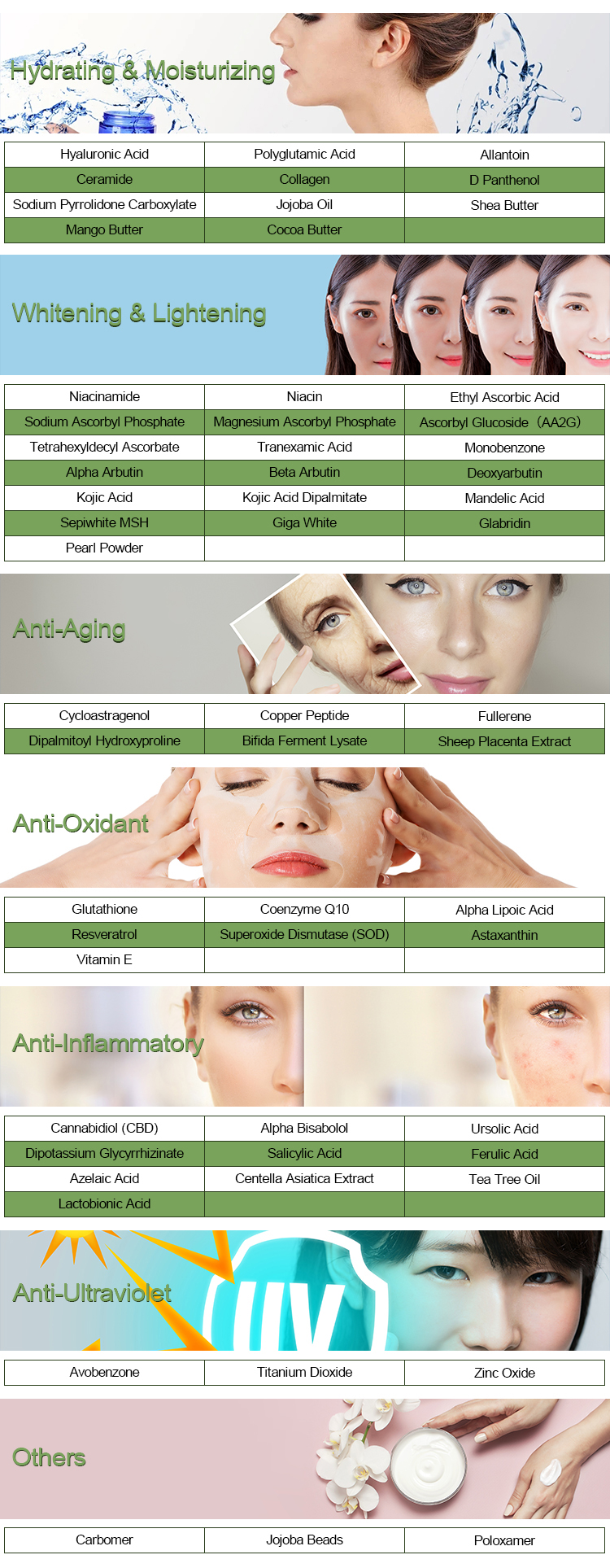Poloxamer 407, also known by its trade name Pluronic F127, is a synthetic triblock copolymer consisting of poly(ethylene oxide) (PEO) and poly(propylene oxide) (PPO). It is widely used in the pharmaceutical and biotechnology industries for various applications, including drug delivery and as an excipient in formulations. Below, I will outline the general materials and methods typically associated with working with Poloxamer 407:
Materials of Poloxamer 407:
Poloxamer 407 (Pluronic F127): The primary material of interest. It’s available in various grades and forms, usually in the form of a white to off-white powder or flakes.
Solvents: Depending on the application, you may need solvents such as deionized water, ethanol, or other organic solvents.

Active Pharmaceutical Ingredient (API): If Poloxamer 407 is used as a drug delivery system, you will need the API to be incorporated into the formulation.
Laboratory Equipment: This can include glassware, stirrers, beakers, hot plates, or any other equipment relevant to your specific experiments.
Methods of Poloxamer 407:
Weighing and Measuring: Accurately measure the required amount of Poloxamer 407 and other ingredients using a balance.
Solvent Selection: Depending on the application, select an appropriate solvent. For drug delivery, water is often used, but for other applications, organic solvents may be necessary.
Dissolution: Add Poloxamer 407 to the chosen solvent and heat and stir the mixture until it dissolves. The temperature and duration of heating may vary depending on the specific application.
Incorporating the API: If you are formulating a drug delivery system, you will need to add the active pharmaceutical ingredient (API) to the Poloxamer 407 solution. This step may involve additional heating and stirring to ensure uniform dispersion of the API.
Cooling and Gel Formation: After incorporating the API (if applicable), allow the solution to cool to room temperature. As it cools, Poloxamer 407 will form a gel structure due to the temperature-sensitive nature of this copolymer.
Characterization: Depending on the purpose of your work, you may need to perform various characterizations such as rheological studies, particle size analysis, drug release studies, or other relevant tests.

Documentation: It’s crucial to document the entire process, including the materials used, measurements, experimental conditions, and results.
Statistical Analysis: If necessary, perform statistical analysis on the data collected to draw meaningful conclusions.
Reporting: Write a comprehensive report of your work, including the materials, methods, results, and conclusions. This documentation is essential for scientific and regulatory purposes.
The specific materials and methods can vary greatly depending on the intended application of Poloxamer 407, whether it’s for drug delivery, controlled release systems, topical formulations, or other uses. Researchers and pharmaceutical scientists should adapt these general guidelines to their specific needs and requirements.
